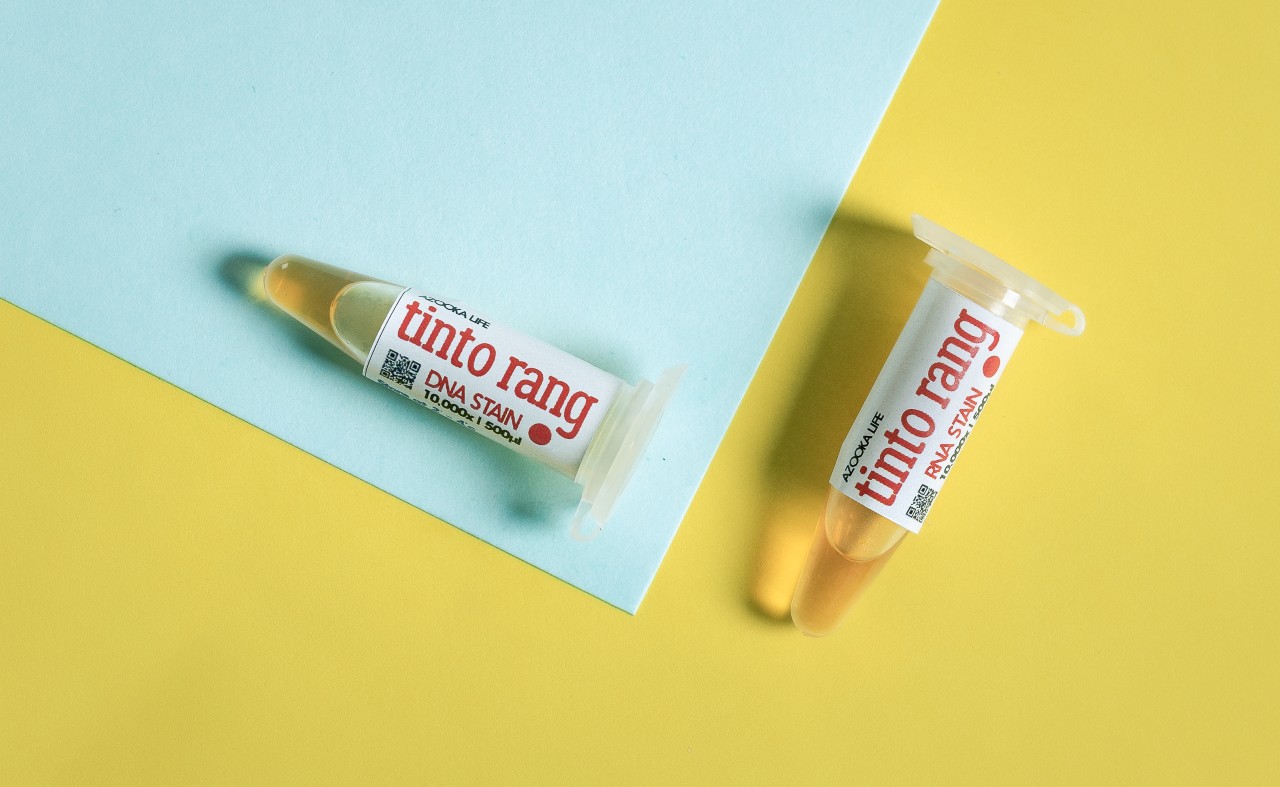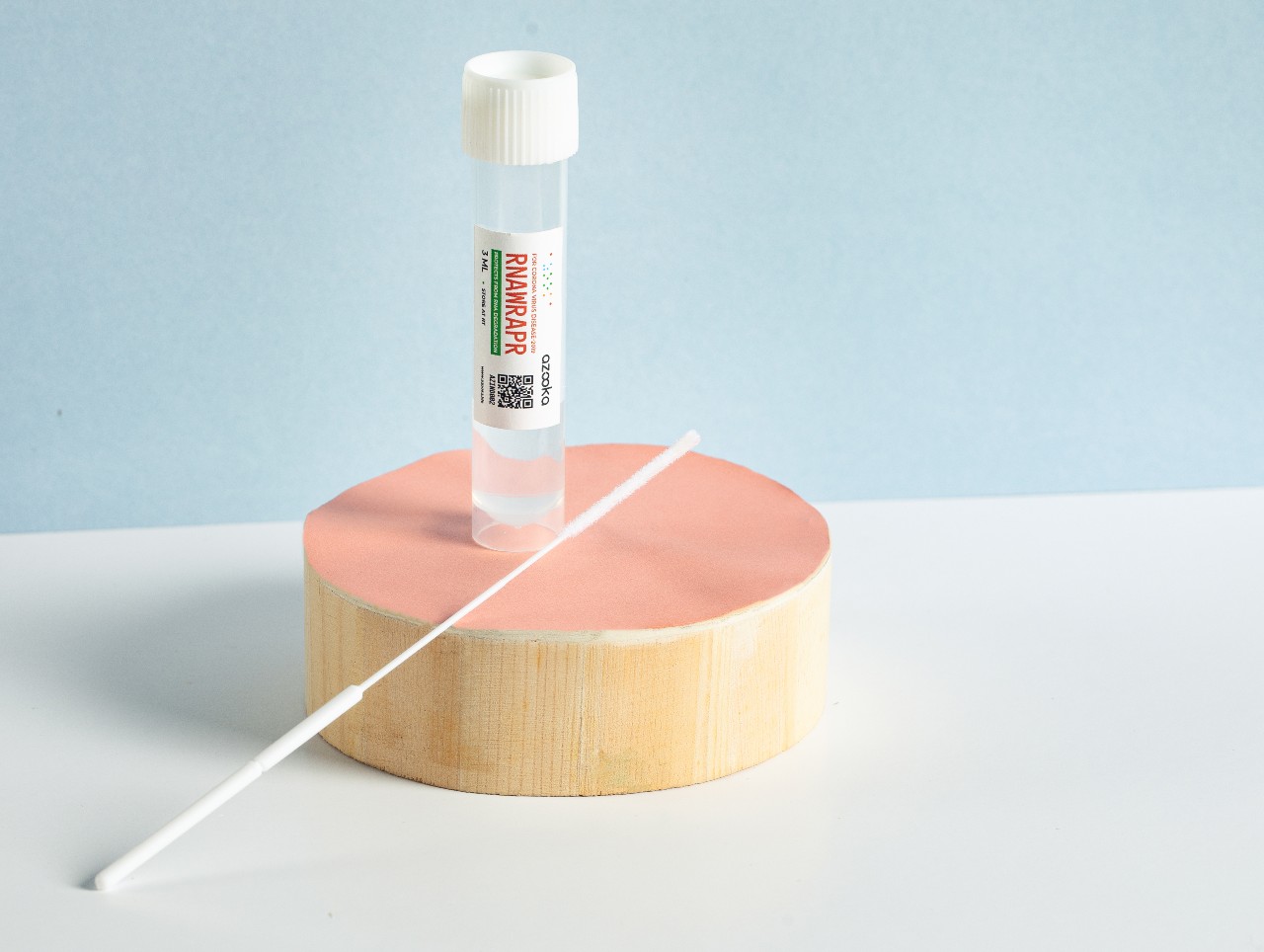In 2013, Bengaluru-based scientist Dr Fathima Benazir, a molecular biologist, was carrying out her Postdoctoral research at the Indian Institute of Science (IISc). During research for one of her studies, she realised fluorescent dyes are widely used in laboratories for detection and quantification of various elements including viral count in saliva.
“Fluorescent dyes are usually used in experiments to record reactions, and in diagnostic testing to detect HIV and more. While there are only a few manufacturers of the product, these reagents are made using harsh chemicals and have traces of carcinogens. So, I thought why not work on a dye that would be non-toxic and food-grade level, but produce accurate results,” says Dr Fathima, founder of Azooka Life Sciences. She adds that she spent several weeks experimenting with common kitchen ingredients that were used as additives.
In a few months, using a south-Indian kitchen staple that is used as an additive, she was able to develop a reagent.

“With that formula, I developed a gel mixture at the lab and conducted several tests to determine whether the dye would work as a reagent and fluoresce under UV light. Not only did it work, but also gave accurate results,” Dr Fathima says.
‘Tinto rang’
In 2015, along with her friend Alex D Paul, who is experienced in the product management sector, Dr Fathima launched Azooka Life Sciences to develop and manufacture safe biotechnology-related materials at an affordable price.

“The first product we started to manufacture was ‘tinto rang’ — food-grade dyes for DNA, RNA, protein and cell testing, all of which are conducted for academic and research purposes,” says Dr Fathima, adding that after a few years of conducting tests and optimizing the substance’s consistency, in 2019 the product was officially launched.
According to Alex, the plan was to approach academic/research institutions to market their product, followed by bio-pharma labs, and finally diagnostic labs. However, after the pandemic struck, the company could not go ahead with its original plan. They were selected to be a part of IISc’s COVID-19 response team and were responsible for producing testing transport medium.

“To date, five laboratories, including the ones at IISC and Centre for Cellular and Molecular Biology, Hyderabad, use the tinto rang for their research purposes,” says Alex.
A molecular transport medium
Currently, India is using Quantitative PCR (Polymerase Chain Reaction), a method for rapid detection of the viral RNA (Ribonucleic Acid) load.
Once the swab sample of the patient is collected, it is tested in a PCR machine, where it is brought in contact with a reagent to detect traces of the virus. However, in remote places across the state, such as villages in Belgaum, where COVID testing labs were not prevalent, the swabs are collected, placed in a liquid-base viral transport medium, and transferred to Bengaluru in cold storage trucks, and then tested.
“But in this process, there were risks involved, such as contamination of the RNA content, as the medium is only meant to carry the RNA content, and not protect it,” says Fathima. So, in July 2020, when Azooka Life Sciences got to be part of the COVID-19 response team, Dr Fathima and her team came up with a molecular transport medium named RNA Wrapr.

She says, “These are vials that aim to protect and preserve the RNA content for up to seven days at room temperature. They not only reduced the risk of contamination during transit but were also economical.”
For the future, Fathima and her team are working on developing an in-house COVID-19 diagnostic kit using tinto rang to detect traces of the virus. She says that the kit will be easy to use as a pregnancy test kit, and the RNA can be extracted from blood, sputum, or saliva.
No comments:
Post a Comment